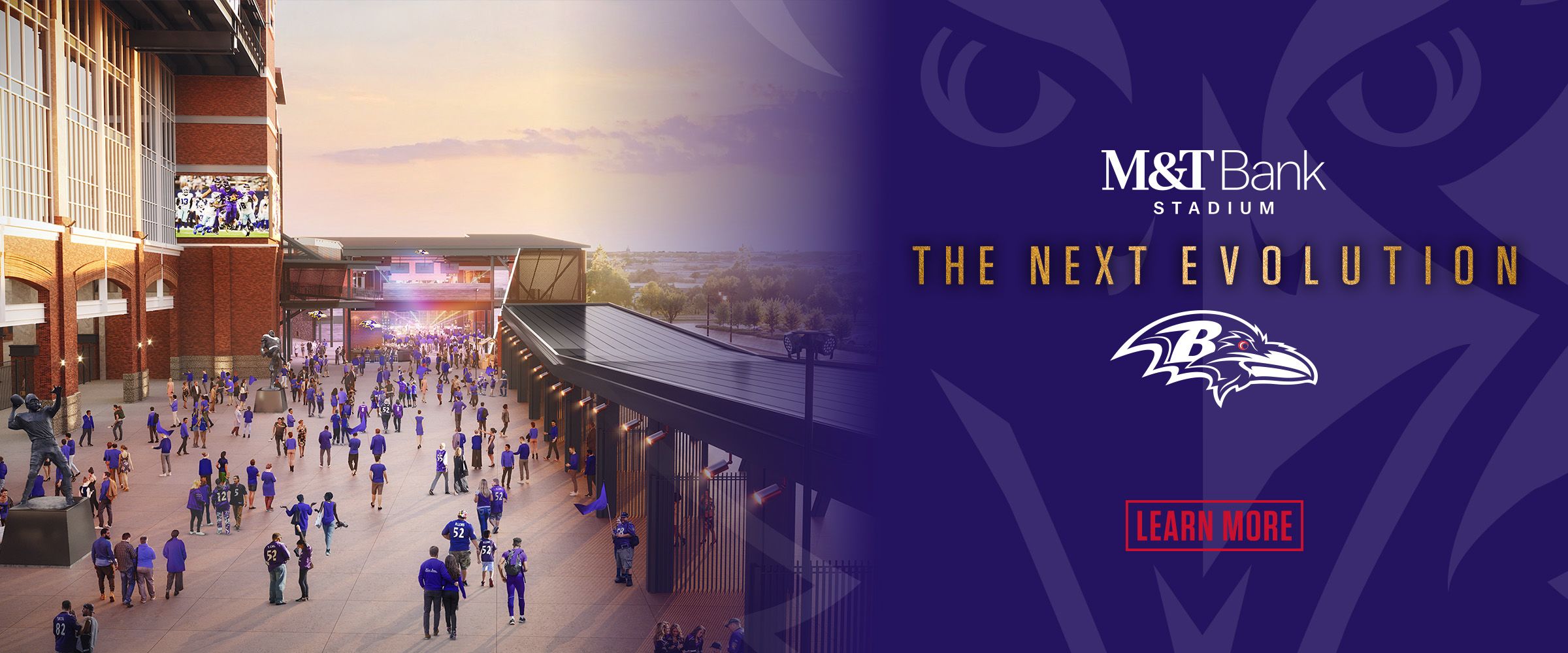"Best player available" is such a strongly-held doctrine in Baltimore that it may as well be tattooed on every employee in the personnel department.
But as the game has changed, and drafting trends have followed, is it time to shift that philosophy?
Assistant General Manager Eric DeCosta opened up that conversation when discussing the trend of wide receivers flying off the board quicker than expected.
"Listen, you can either pick the best player when you're on the clock or you sort of change your valuations of the positions and maybe tweak how you value the positions in comparison to the other positions," DeCosta said. "Not all positions maybe are valued the same."
The Ravens have a long history under General Manager Ozzie Newsome of being patient in the draft and selecting players based off their grade rather than need. It's a strategy that has reaped great rewards.
For example, the Ravens didn't need an offensive tackle in 1996 when they took Jonathan Ogden with the first pick (No. 4 overall) in franchise history. After playing guard his rookie season, Ogden went on to be a Hall of Fame tackle.
There are countless more examples, including drafting tight end Todd Heap, linebacker C.J. Mosley, running back Jamal Lewis and defensive tackle Haloti Ngata when the Ravens already seemed set at those positions in the years they were taken.
But these days, if a team wants to add a player at an offensive skill position, they may have to compromise and perhaps "reach" if judging by pure grades.
"What's started happening is that there are certain positions that, even if they're graded the same as other positions, they get picked first because of the fascination of everybody on skill players and playmakers," DeCosta said. "They're the real sexy picks."
Generally speaking, "sexy" positions are quarterback, left tackle, wide receiver, tight end, cornerback and pass rusher. Those are the playmakers. Other positions such as guard, defensive linemen, inside linebackers or safeties aren't as glitzy.
Over the past 10 years, DeCosta said, rule changes have put more of a focus on offensive football and scoring more points. Thus, teams are gravitating toward positions more suited for that game style.
For example, in last year's draft, three wide receivers (Corey Davis, Mike Williams and John Ross) all went in the first nine picks. At least one of them was expected to be on the board when the Ravens were on the clock at No. 16.
None of the three had good rookie seasons, in large part because of injuries. Some of the players drafted behind them included cornerback Marshon Lattimore (No. 11, New Orleans Saints), defensive end Derek Barnett (No. 14, Philadelphia Eagles) and cornerback Marlon Humphrey (No. 16, Ravens).
However, the Ravens also liked wide receivers JuJu Smith-Schuster and Cooper Kupp in last year's draft. Smith-Schuster went to the Pittsburgh Steelers at the end of the second round (No. 62). Kupp went to the Los Angeles Rams near the start of the third (No. 69). Baltimore could have taken either with their first third-round pick (No. 74)
Wide receivers fly off the board, and they often go in clusters. And that could be the case again this year at the end of the first round or start of the second.
"Either you continue to do what you did 15 or 20 years ago, or you start to change your thinking a little bit," DeCosta said. "You're saying, 'OK, well, this receiver may not be graded quite as high as this offensive guard, but in terms of the value that they bring to the team in terms of scoring points, maybe he's actually more valuable than that offensive guard."
On one hand, if the Ravens don't change, they may get shut out on the wide receivers they covet. In order to fix the Ravens' long-term issues at wideout, they have to take shots at them in the draft.
On the other hand, DeCosta pointed to the 2007 draft when the Ravens selected guard Ben Grubbs late in the first round, then got guard Marshal Yanda midway through the third round. Grubbs went to two Pro Bowls and Yanda has been to six. They should have been drafted higher, but the Ravens got steals because guards' value is depressed.
DeCosta also said drafting a wide receiver higher than their grade can set unfair expectations on how much, or how quickly, that player should produce in fans' eyes. If the player doesn't meet those standards, there's unrest and it can end up harming the player.
So, should the Ravens change their philosophy to get in on the wide receiver rampage? DeCosta said he's not saying Baltimore necessarily should.
"I'm telling you philosophically," he said. "[These are the] internal debates inside my brain. Our own strategy is our own strategy. We'll be ready to go."



















